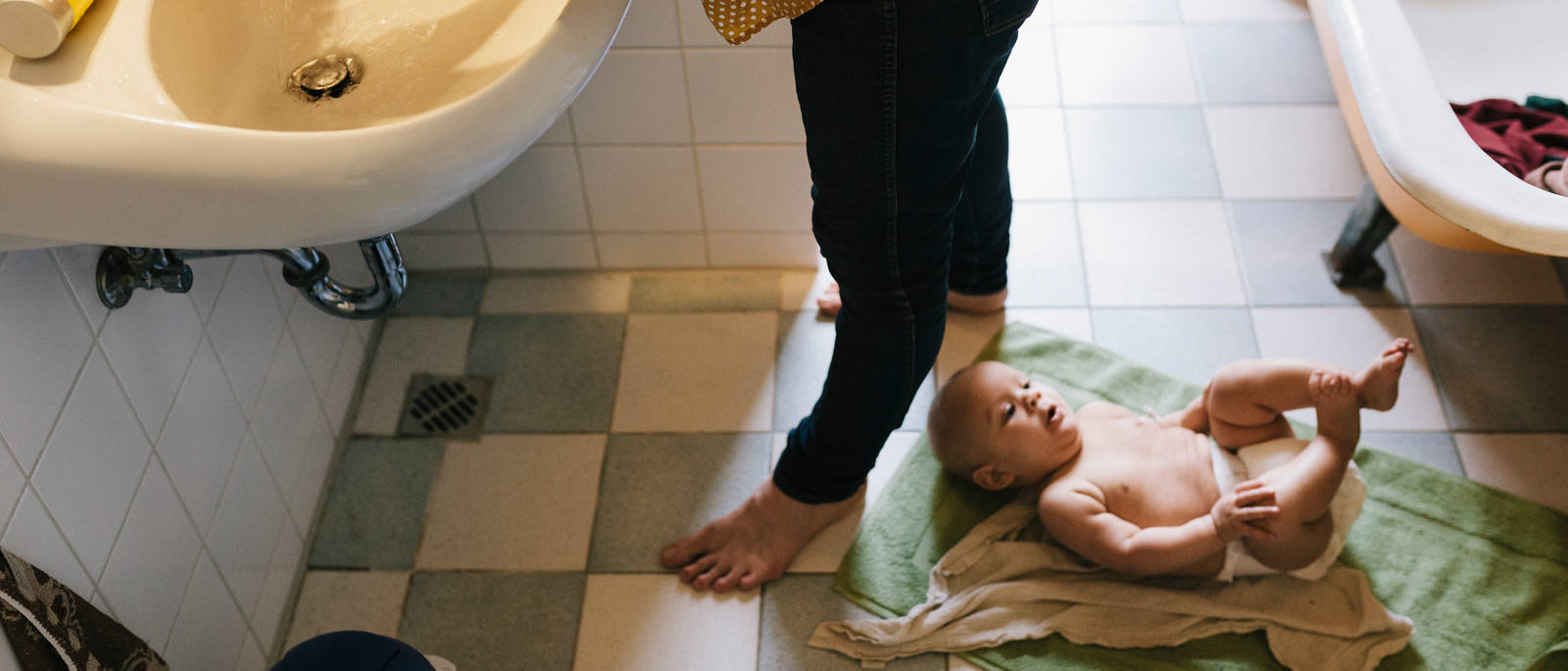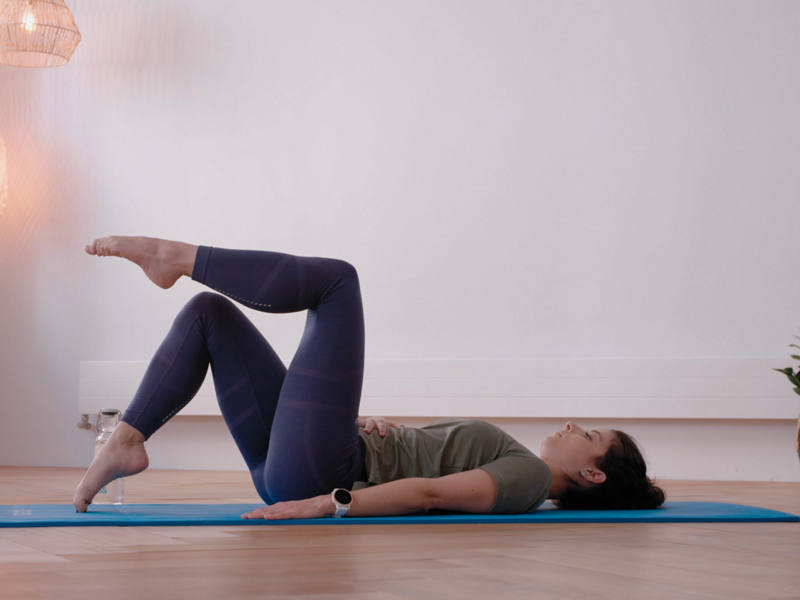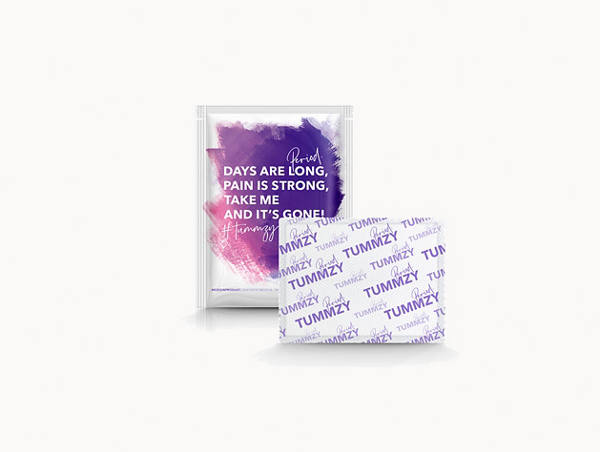Incontinence after childbirth

Many women suffer from a weak bladder after childbirth. The good news is that it’s super effective to train your pelvic floor.
How long does incontinence last after childbirth?
It takes 40 weeks for a child to come and 40 weeks to go: this old midwives’ saying applies to all the physical changes experienced during pregnancy and to the subject of incontinence too. Almost one in four mothers suffers from bladder weakness in the initial weeks and months after giving birth. Especially during actions such as jumping, laughing or coughing, a few drops of urine can quickly escape. It can therefore take several months before the pelvic floor has recovered enough (postpartum recovery) to properly close and control the bladder again.
Risks for bladder weakness
Older or overweight mothers as well as women with particularly heavy babies have an increased risk of incontinence. A prolonged period of expulsion during childbirth or incontinence that already started during pregnancy also increase the risk.
Causes of bladder weakness
The cause is usually the same in all women with the condition: weakened pelvic floor muscles. These are put under great strain during childbirth and may no longer be able to close the urethra tightly afterwards. However, there are good exercises to get the pelvic floor back into shape after childbirth.
Protect your pelvic floor
For the first 6 to 8 weeks after delivery, the body is recovering from the stresses and any injuries from childbirth. A caesarean section requires up to 12 weeks of rest. During this time, the pelvic floor should also be rested. Shortly after birth is still too early for training – but it’s never too late to do something for your pelvic floor.
How do you protect your pelvic floor best? Here are a few simple tips:
-
Turn on your side before sitting up.
-
Don't create pressure when urinating.
-
In the beginning, breastfeed lying down more often.
-
Always avoid heavy loads – lift the baby with an upright back, holding her close to the body.
Train the bladder: what helps prevent incontinence after childbirth
The number one remedy for urine leakage after childbirth is pelvic floor training. Strictly speaking, we don’t train the bladder, but the muscles in this area. However, it's important that this is done at the right time. While a strong pelvic floor is important for women’s health, putting pressure on it too soon can be counter-productive.
Strengthen the pelvic floor
After the postpartum period, pelvic floor exercises help re-strengthen the body's core. Most local communities have postnatal classes where new mothers can train their pelvic floor. In severe cases, gynaecologists may also prescribe physiotherapy. In any case, it’s recommended that mothers integrate the exercises into their daily routine.
Did you know? Urinary incontinence can recur with further pregnancies or in old age.
Exercises for every day
A few minutes of exercise a day is enough to create long-term benefit from strong pelvic floor muscles. It’s important to keep the thigh and buttock muscles as relaxed as possible and to perform the exercises from the core of the body – where the pelvic floor lies. When doing pelvic floor exercises, the following also applies: less is more. The movements are very subtle and tensing your muscles too strongly can be just as problematic as the muscles being weak. You should start with gentle pelvic floor training after the postpartum period.
A strong pelvic floor throughout pregnancy
Women who enter pregnancy with a well-trained pelvic floor usually also have a good chance of it recovering quickly after the birth. Accordingly, preventive action is the best way to regain your fitness after pregnancy and prevent long-term incontinence.
If nothing helps – what next?
If incontinence or bladder weakness persists despite regular pelvic floor training, a medical examination will clarify the specific cause and your options for further treatment. There are other treatments besides physiotherapy, such as pessary therapy, in which a cube or ring supports the bladder. Surgery, in which a plastic band stabilises the urethra, is also a possible last resort. Losing a few excess kilos can also relieve the bladder.
Help from the Health Coaches
As your health partner, we’re available for our CSS clients when you need us. Ask us, we’ll be happy to help.







